On this week’s episode of iM Cubaholic, we take a look at something unusual, the Honda Giorcub. A Honda Super Cub in scooter shell? Yes, please!

In case you missed last week’s episode, motorbike’s weekly iM Cubaholic series covers everything about the iconic Honda Cubs. The Cub is one of the most important bikes in both the motorcycle and Honda’s history. Honda changed the way people look at riding motorcycles with the introduction of the Super cub and the ad campaign “You meet the nicest people on a Honda” back in the 1950s. Since then, Honda has sold over 100 million Cubs with a large Cub lineup/variants where some models are barely known. In this series, we cover everything from both known and unknown Cub models to their; history, specs, features and many more. Are you a Cub addict? well, this is something you wouldn’t want to miss!
Folks, this week we have something unusual to show you. Meet the Honda Giorcub, a hybrid of Honda’s Giorno scooter and Super Cub straight from the factory! Ever heard of it? Well, let’s get right into the details!
Honda Giorcub
You might know the Honda Giorno scooter that’s available in certain markets around the globe now. But, did you know the Honda Super Cub sort of helped the Giorno scooter evolve over time and at one point it was even called the “Giorcub”?
Honda Giorno – The Euroasian

Honda first launched the Giorno in 1998 with a 49cc single-cylinder 2-stoke engine. Mated to a CVT gearbox, the 1-st generation Honda Giorno made a little over 5.6 hp @ 6500 RPM and 6.6 Nm of peak torque @ 5,500 rpm. Upon its first launch, the Giorno was a bit controversial among Italian scooter fans because of its design. Outside of the Giorno looked Italian but inside it was pure Japanese but that didn’t stop the Giorno from becoming popular among youngsters. Also, it definitely didn’t stop Honda from exploring and experimenting a lot more around the bike in the years to come.
Honda Giorno transforms to a Honda Super Cub powered scooter a year later.

A year later, in 1999 Honda decided to add a little spice to the Giorno by making it a little more fun, fuel-efficient while passing stricter emission regulations. To do this, Honda got rid of the 2 stroke engine and the CVT gearbox in favour of a 49cc 4-stroke OHC, single-cylinder engine and an automatic centrifugal 4-speed gearbox sourced directly from the Honda Super Cub. Although the new scooter looked similar to the original 2-stroke Giorno, Honda called the new scooter “Giorcub” as the new scooter was a blend of Giorno and Super Cub.
Engine
Speaking of the new Giorcub in detail, the 49cc air-cooled 4-stroke single-cylinder engine mated to a 4-speed gearbox and chain final drive, the Honda Giorcub pushed 3.8 hp @ 7,000 rpm and 4 Nm 5,500 rpm. Yes, the performance output dropped drastically, however, the new compact 4 stroke engine’s smooth engine output characteristics, excellent quietness, reliability and durability made up for the loss in torque and power.

Also, the automatic centrifugal 4-speed transmission made the Giorcub a fun scooter to blast around town and canyons.

Thanks to the new powertrain, the Giorcub also achieved an outstanding fuel efficiency of 110km/l (while riding @ 30kmph constant speed). To go hand in hand with the low fuel consumption, Honda also added a 4.2l fuel tank to ensure a longer range. Aside from this, Honda also updated the carburettor settings which helped the new Giorcub pass domestic emission regulations.
As the Giorcub was a scooter, Honda slightly altered the specification of piston and ring without changing the overall specification of the Honda Super Cub engine.

Aside from this, the Giorcub featured both kick starter and electric starter, where Honda updated the crankcase and moved the starter motor from the top to the bottom of the engine on the Giorcub.

As an additional touch, Honda added a newly designed 1.4-litre air cleaner just below the luggage box to reduce intake noise and optimize engine output.
Chassis

In the case of the chassis, the Giorcub followed basic frame design of the original Giorno.
However, the side frame of Giorcub’s undertone pivotless frame was fabricated out of high-tension 34 x t2.0 steel pipes to ensure high rigidity and minimal vibration.

As the chassis had to carry a newer 49cc 4 stroke engine; the Giorcub featured a newly developed parallel link engine mount where Honda added 28mm tube bushes in eight locations. The structure was specifically designed to absorb vibration characteristics of the Super Cub engine.

On the outside, the new frame was 80mm + wider in order to enclose the engine within. Other than this, the wheelbase and ride height remained fairly similar to the Giorno.
Suspension
In the case of the suspension, the Giorcub featured trailing link-type suspension up front and an unusual swing arm mounted dual shock rear suspension setup. Honda added the swingarm type suspension to reduce unsprung weight and give the Giorcub a quality riding character that matches the quiet 4-stroke engine.

According to sources, apparently, the Giorcub was the first scooter to use swing arm type rear suspension.
Design

In the case of the design, the Giorcub was very similar to the Giorno. The Giorcub featured Italian inspired scooter style bodywork which covered the suspension setup, engine, final drive and other vital components beneath.

In order to emphasize the new Super Cub engine, Honda added a see-through mesh near the floorboard. Aside from the aesthetic standpoint, the purpose of the mesh was also to cool the engine on the move.
The new scooter also featured an under-seat fuel tank and an under-seat storage space to tuck a half helmet in. Aside from this, to go hand in hand with the engine, Honda updated the exhaust and the instrument panel with gear and fuel level indicators.
Price
The original 1998 Giorno was sold for 189,000 yen (excluding tax) in Japan. A year later, with the introduction of the 1999 Giorcub, Honda sold the new updated Giorcub scooter for the same price.
Since the introduction in 1999, Honda sold the scooter with the “Giorcub” name for several years. However, they later changed the name back to Giorno which is still active in certain parts of the world.
Source: Honda Collection Hall, Motor-Fan JP















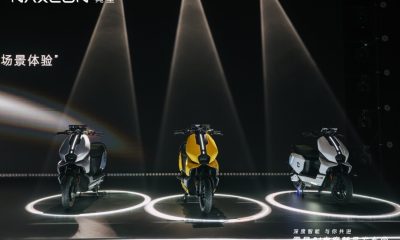

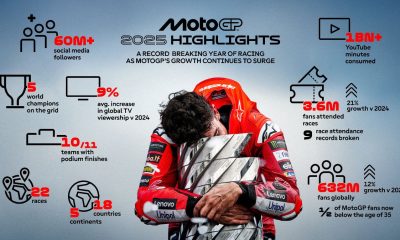




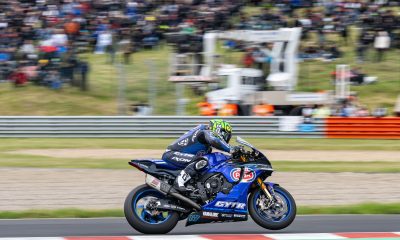
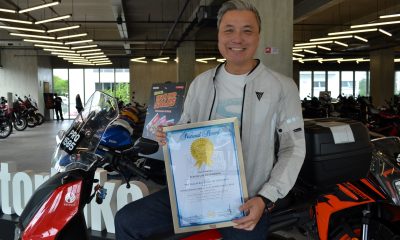
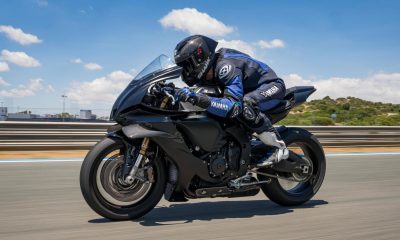
















Facebook
Instagram
X (Twitter)
YouTube
LinkedIn
RSS